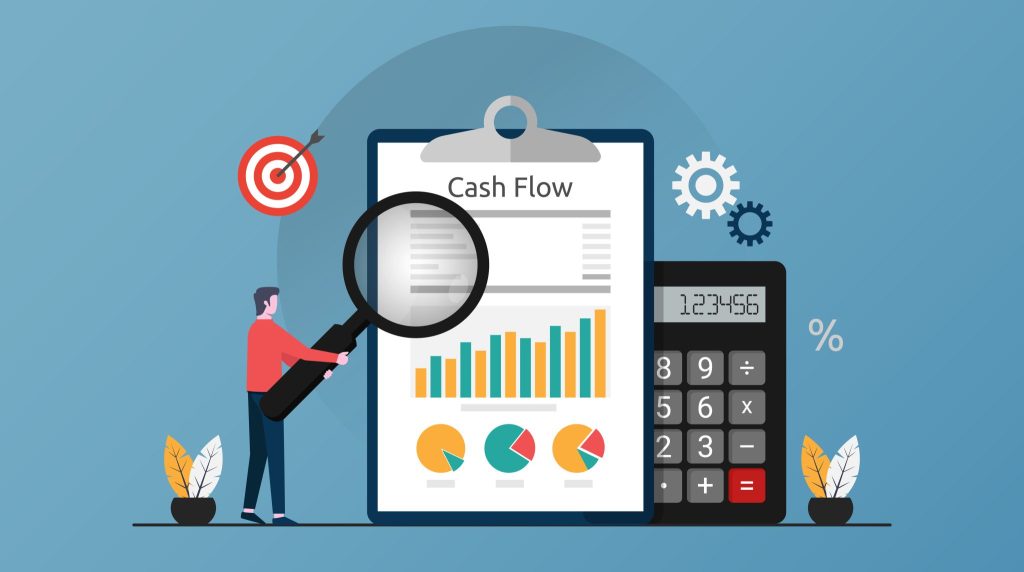


Samuel Hutchinson
R&D Tax Consultant
Research and Development (R&D) claims are a valuable incentive offered by governments around the world to support companies that work on innovative projects in science and technology. R&D tax claims allow companies to recover a portion of the expenditure incurred on R&D activities in the form of tax liability reductions or in some instances, payable cash credits. While R&D claims are undoubtedly beneficial for fostering innovation and reducing the financial burden on R&D projects, it’s essential to understand that they may not always result in immediate cash flow benefits for every organisation. In this article, we’ll explore the nuances of R&D claims, exploring how they may or may not directly impact cash flow.
R&D claims are designed to mitigate some of the financial risks associated with innovating or in some cases, financially reward companies for their innovation efforts. These claims typically allow companies to reduce their tax liabilities or receive cash refunds, depending on the companies’ final tax position.
R&D tax credits are based on identified R&D spend that is then enhanced by the R&D tax scheme rates. This results in an ‘enhanced R&D expenditure figure’ which is deducted from the company’s taxable profits or added to its losses.

In summary, R&D tax claims can significantly enhance a company’s cash flow by providing money to a company either directly or indirectly via payable cash credits or reduction in corporation tax liabilities. Regardless of how the benefit is received, the result is a greater R&D investment opportunity.
Hopefully this blog has provided some insight into the relationship between R&D tax credits and cash flow. By understanding both the benefits and challenges of claiming R&D tax credits, companies can make informed decisions about leveraging R&D claims to support their financial health and innovation strategies.

TBAT Innovation offers comprehensive support for R&D tax claims, providing expert guidance and personalised consultation to help businesses navigate eligibility criteria and maximise benefits. Our services include in-depth eligibility assessments, meticulous preparation of technical narratives and documentation to support the R&D claim, and management of the entire submission process, including follow-up with HMRC. With a strategic approach to identifying all qualifying activities and costs, we ensure you receive the highest possible benefit while remaining fully compliant. We also offer ongoing support to keep you informed about legislative updates, ensuring continuous compliance and optimisation of your R&D tax incentives.
Contact TBAT Innovation today to arrange a free 1-2-1 consultation.
Not sure if your work counts for R&D tax relief? You’re not alone. We break down what HMRC means by Qualifying R&D Activities, with clear explanations, practical examples, and tips to help you avoid common mistakes. Whether you’re building something new or solving tricky technical problems, we’ll help you figure out what qualifies and how to make your claim count.

Claiming R&D Tax Relief for subcontracted work can be complex, especially with new rules from April 2024. This article explains what qualifies as subcontracted R&D, who can claim under the updated scheme, and what records you need to support your claim. From contracts and invoices to technical reports and emails, having the right documentation is key to staying compliant and avoiding HMRC enquiries.

Assists organisations in accessing research and development grant funding across a range of UK and EU schemes and industry sectors.
Get In Touch